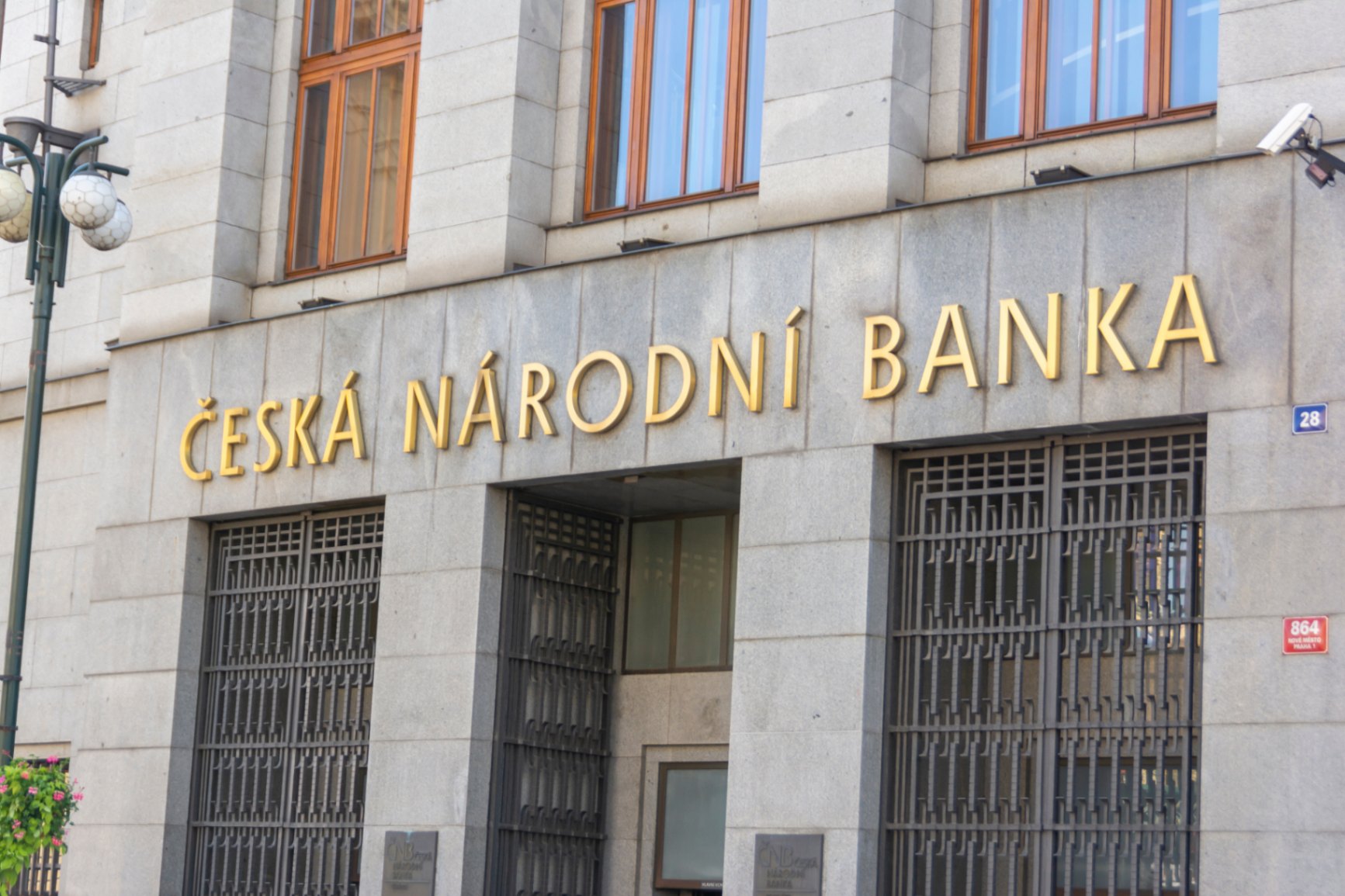The central bank is likely to cut interest rates by a quarter of a percentage point next week
Economic commentary by Jakub Seidler, Chief Economist of the CBA

The CNB will decide on monetary policy next Thursday and will also have a new macroeconomic forecast. Based on media signals from board members so far, we expect a traditional Thursday rate cut and the board will slow the current pace of rate cuts. Although some members are likely to continue to support a more substantial rate cut of half a percentage point, based on recent lower inflation and generally less positive signals about economic growth, the majority of the Board is likely to opt for a more modest rate cut. The argument will be based on the weaker exchange rate of the koruna, continued higher inflation in services prices, and also the impact of volatile items in particular, which were behind the lower inflation in June. At the same time, in the context of the acceleration of inflation towards the end of the year, the uncertain effect of the January revaluation and the relatively slow unwinding of inflation in services, the majority of the board members will already prefer a so-called "fine tuning" of monetary policy based on incoming data. At present, the market is expecting a headline rate of 3.75% at the end of the year, which corresponds to a quarter percentage point rate cut at each upcoming monetary meeting.
The latest media comments by board members ahead of the upcoming monetary meeting suggest more of a preference for a quarter percentage point rate cut.J. Procházka had already said after the release of lower-than-expected June inflation that he saw a further rate cut of half a percentage point as unlikely and the debate would be between stability or a quarter-percentage-point cut in early August. T. Holub then expressed the view that it would be appropriate to move to a cut of the standard 25 bp now. The traditionally more dovish view was brought by Vg. J. Frait, who would decide between a reduction of 25 or 50 points. J. Kubicek was less definite, merely mentioning that there was room for a further rate cut. In the context of the media comments mentioned, however, a slowdown of a quarter percentage point decline seems more likely.
The market began to speculate about a continued 50-point rate cut following the release of June inflation, which fell above expectations and hit the CNB's 2% target (Chart 1), but the faster decline in inflation was driven mainly by traditionally divisive items, i.e. Food, alcoholic & non-alcoholic beverages, fuel prices and, surprisingly, foreign holiday prices. These traditionally already rise month-on-month in June (Chart 2), while this year they have stagnated, bringing the year-on-year rate of growth down from 8% in May to -3% yoy in June (Chart 3). Although this item alone weighs 1.5% in the consumer basket, the change in its contribution to year-on-year inflation was quite significant, at almost -0.2 pp. Given that core inflation, as defined by the CNB, accounts for roughly 50% of the basket, the fall in foreign holiday prices explains almost all of the fall in core inflation from 2.5% to 2.2%. Yet the reason for this atypical development in foreign holiday prices, according to the CSO, is the greater preference for "first minute" purchases of summer holidays earlier this year, i.e. also a change in household behaviour.
It is thus apparent that the noticeable decline in June inflation and core inflation was largely specific and can thus be partly circumvented by the Bank Board, even though the effect of foreign holidays may persist and have an anti-inflationary effect in the later summer months and will only wear off in September. However, circumventing this effect would be consistent with the repeated appeal by some Board members that the current more choppy data should be taken with less importance.
In our view, the new forecast will bring little change from the previous one, inflation will fall slightly, as will economic growth, and the exchange rate of the koruna will - given current developments - appreciate more slowly. However, the changes will be rather cosmetic. The terminal rate in the forecast remains at 3%, as J. Kubicek mentioned in the interview, i.e. that is where the main interest rate will be heading next year.
The Fed's market rates are now pricing in a rate cut at the August meeting of between a quarter and a half percentage point (Chart 4) and a year-end rate of around 3.75%. Thus, if rates fall by the expected quarter, the koruna could strengthen slightly, while in the event of a more significant decline, a break of the 25.5 per euro level can be expected.